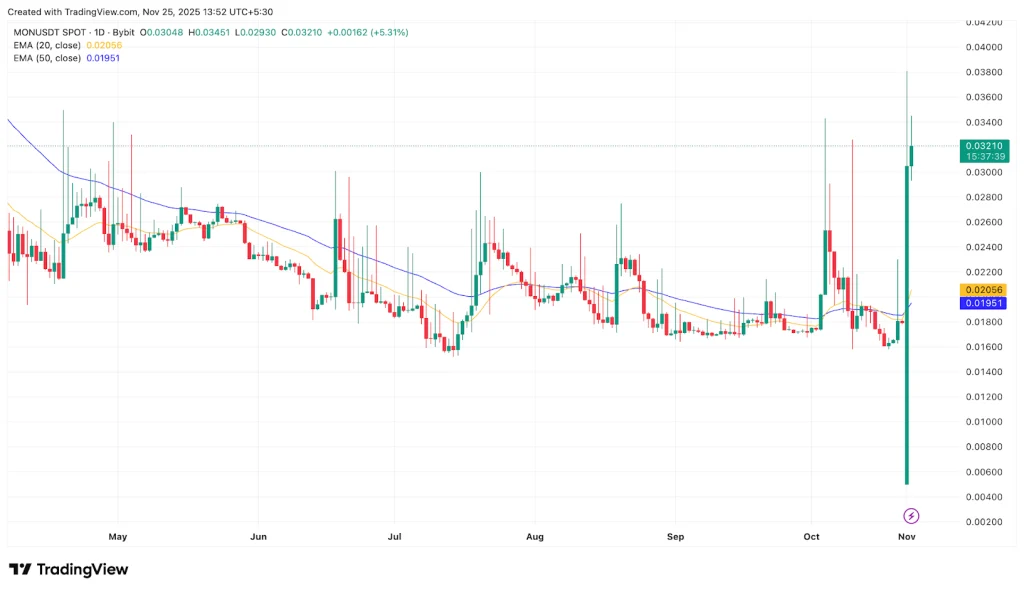Quick Look at the Top 10 Winning Projects from the ETHGlobal Buenos Aires Hackathon
475 teams competed for a $500,000 prize, and 10 Web3 innovative projects emerged as the final winners.
Original Title: The ETHGlobal Buenos Aires 2025 winners are here
Original Source: ETHGlobal
Original Translation: Felix, PANews
The ETHGlobal Buenos Aires hackathon event concluded on November 23. This hackathon brought together top talents and experts from the Ethereum ecosystem, attracting many developer teams to explore new blockchain technology applications. The event had a prize pool of $500,000.
After the judging process, ten projects stood out among the 475 projects submitted, covering areas such as NFTs, DeFi, and prediction markets. PANews takes you through a quick look at these 10 projects.

Paybot
Paybot showcased the X402 Payment Required protocol based on blockchain micro-payments, used to control access to physical devices. The system was specifically developed for the Coinbase Developer Platform hackathon, demonstrating fee-less transactions where users can pay the robot rental fee using the QUSD stablecoin without holding ETH to pay gas fees.
The system implemented a complete payment service architecture: users sign a QUSD payment authorization in their wallets, and the service provider submits the transaction to the chain and pays the gas fee. This project enables IoT and robot applications to truly achieve micro-payments, which would otherwise be unaffordable due to high gas fees.
The project was built by.
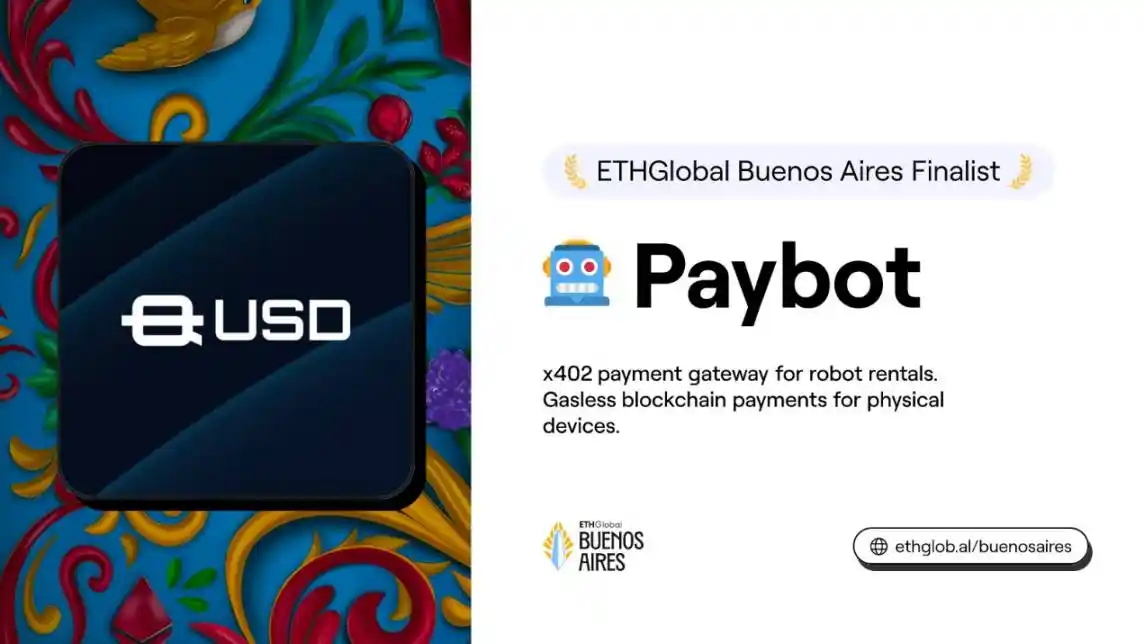
JetLagged
JetLagged is a decentralized prediction market platform built on Celo and Oasis, where users can predict flight delays and cancellations. This platform is built using Next.js, Bun.js, and Solidity, and is deployed on the Celo blockchain.
• Real-time Flight Market: Predict real flights with real-time odds.
• Real-time Pricing: Based on an AMM pricing mechanism that automatically updates based on market demand.
• Decentralized Resolution: Automatically validate flight status through the Oasis backend oracle.
• Farcaster Integration: Support for the Farcaster Frame widget.
• Celo Blockchain: Conduct fast, low-cost transactions on the Celo network.
This project is built by Faezeh, TheMonkeyCoder, zkfriendly.eth.
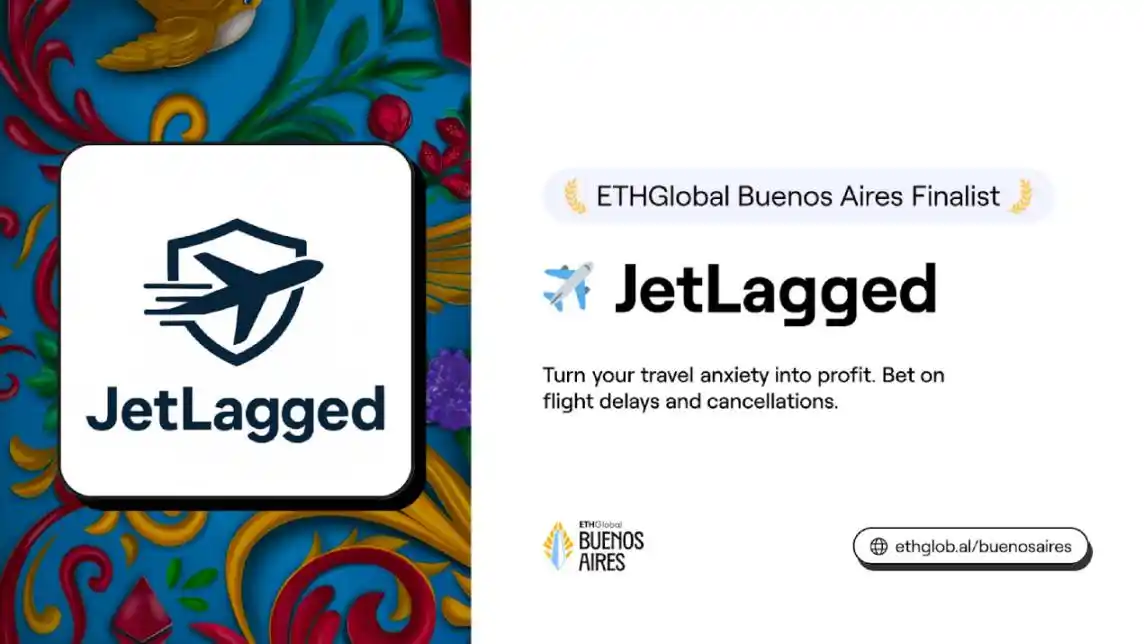
Hubble Trading Arena
The Hubble Trading Arena is a fully open-source autonomous trading environment, where on-chain agents engage in hiring, payment, and coordination using the x402 and ERC-8004 protocols, and run real-time reasoning and actual transactions. It demonstrates the complete on-chain collaborative loop required for thousands of professional financial agents to work together without human intervention.
This project is built by.

Payload Exchange
The Payload Exchange allows merchants to accept any form of payment through x402 agents, where senders can choose tokens, and receivers seamlessly receive stable assets.
The Payload Exchange operates as an intermediary layer intercepting x402 payment requests and introducing a third party - the Sponsor. This enhances the end-user payment experience, allowing users to choose payment methods beyond stablecoins or other currencies. Sponsors pay part or all of the amount in exchange for user actions or data.
The tripartite collaboration model benefits all participants:
• Sponsor: Acquire users, gather data, or drive specific behaviors by paying for content access fees.
• Content Provider: Lower the access barrier. Monetize content without setting up paywalls.
• User: Obtain premium content/tools for free or at a discounted price through transactional actions/data instead of money.
This project is built by qap, luis, Marcelo, Soko.
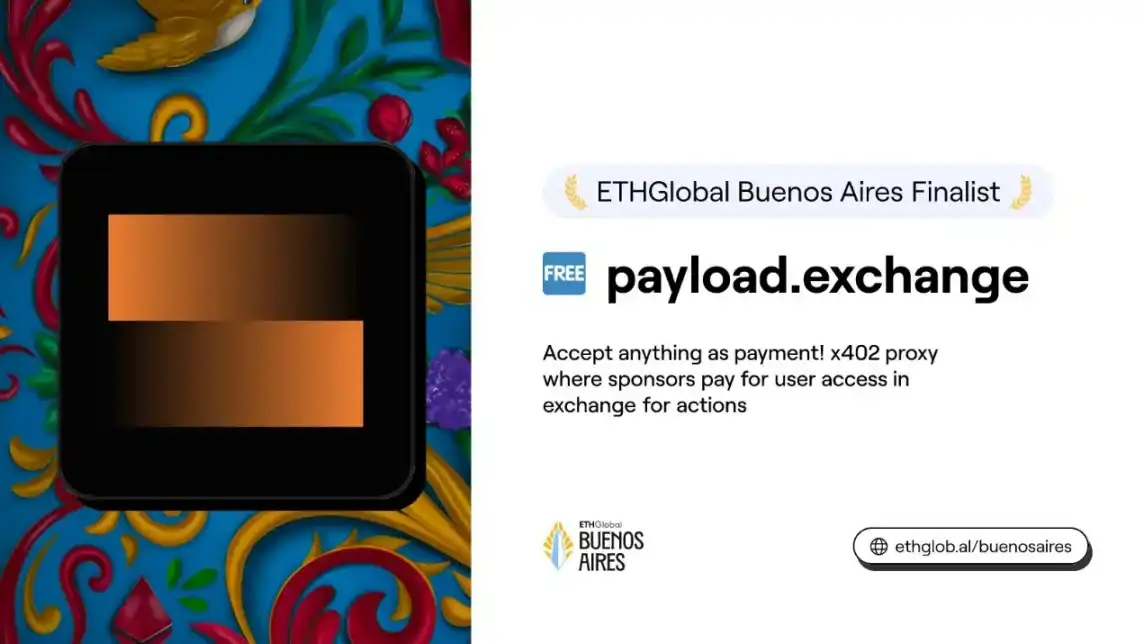
Yoga
The Yoga project has implemented a Non-Fungible (NF) Position Manager that allows LPs to manage complex multi-range positions within a single NFT. Unlike traditional position managers where each NFT represents only one price range, Yoga can manage multiple sub-positions (different price ranges) under a single ERC721 token, enabling sophisticated liquidity allocation strategies across price ranges.
The contract provides a simple Application Binary Interface (ABI) that allows LPs to easily specify the changes they want to apply (liquidity increments), and the contract automatically calculates how to adjust the underlying UniV4 position.
The project is built by Charlie Mack, Duncan Townsend, Luigi, Michael Fautch.

LensMint Web3 Camera
The LensMint Web3 Camera is a hardware-based system that signs photos upon capture, generating on-chain NFTs with zero-knowledge proofs to achieve tamper-proof, authenticated memories.
LensMint is a complete hardware-to-blockchain camera system designed to ensure the authenticity and ownership of real-world photos. The system is based on a Raspberry Pi camera, utilizing hardware-level encryption identity. Each photo is signed, hashed upon capture, validated for authenticity through a zero-knowledge proof generated by vlayer, and verified on-chain through RISC Zero. All media is uploaded to Filecoin for permanent decentralized storage and mints an ERC-1155 NFT representing the authenticated memory. A built-in QR code system allows individuals in the photos to immediately claim their NFT, enabling proof of attendance, authenticated memories, and automatic revenue sharing.
LensMint offers a trustless way to prove the device origin, timestamp, and integrity of the photos, addressing authenticity, sourcing, and monetization concerns for creators, journalists, event organizers, and scientific literature.
The project is built by Mohit Bhat.
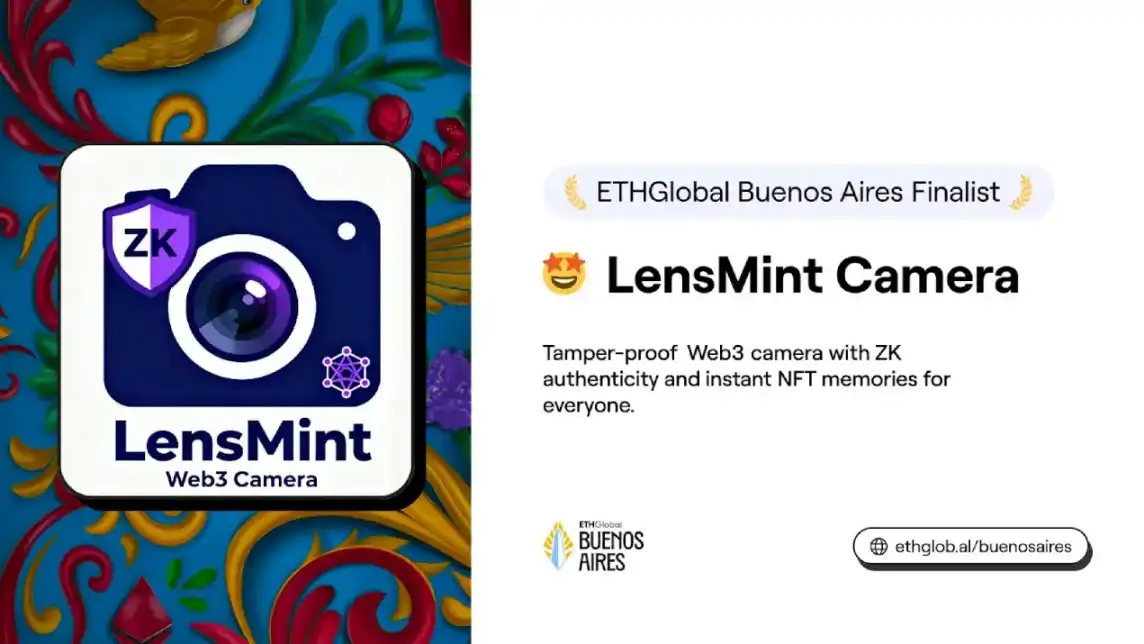
Halo
Halo is a mini-app based on World Chain that converts real-world shopping receipts into on-chain rewards distributed to verified users. Users scan any store's receipt, Halo evaluates it through a lightweight process, and then rewards it to users verified through World ID. Throughout the entire process, the user's personal identity remains private.
A shopping receipt contains important information about real-world economic transactions, but this information is often lost or locked in closed systems. Halo captures this information, processing each receipt to extract details such as the merchant, timestamp, total amount, currency, and category. Rewards can only be claimed by specific users, creating a witch attack-resistant, privacy-preserving way to link offline behavior to on-chain rewards.
This project is built by hellocrypto.
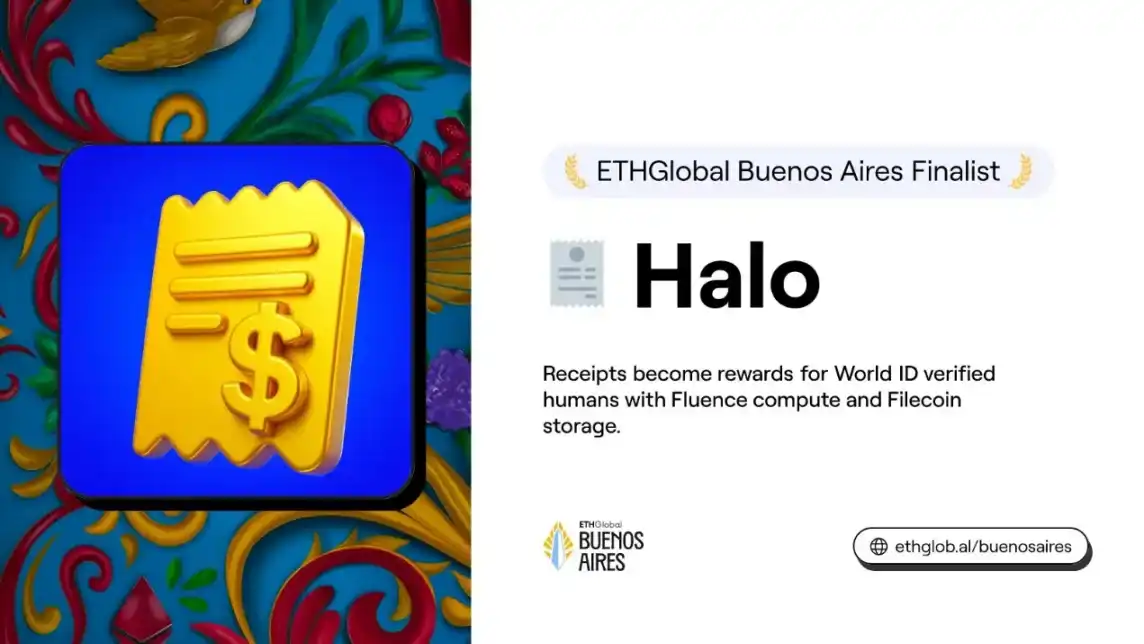
zkx402 (ProofofLeak)
zkx402 is an extension of the x402 protocol that integrates zero-knowledge proofs to verify mutable payments and verifiable content.
Consumers (human or AI agents) have different pricing tiers, with users able to use zero-knowledge credentials to verify identity receiving discounts. Producers can prove the source of their content by attaching zero-knowledge proofs. For example, identity confirmation by a specific journalist, human-authored proof, or IoT data with GPS/sensor details.
Whistleblowers can receive rewards without revealing their identity. Journalists can lower access costs by proving their human status or affiliation with reputable media outlets. AI agents controlled by journalists access private sensitive data through x402 autonomous payments on Base.
This project is built by Guilherme, Lam, Ra's Al Ghul, Mark Ballew, vaughn.
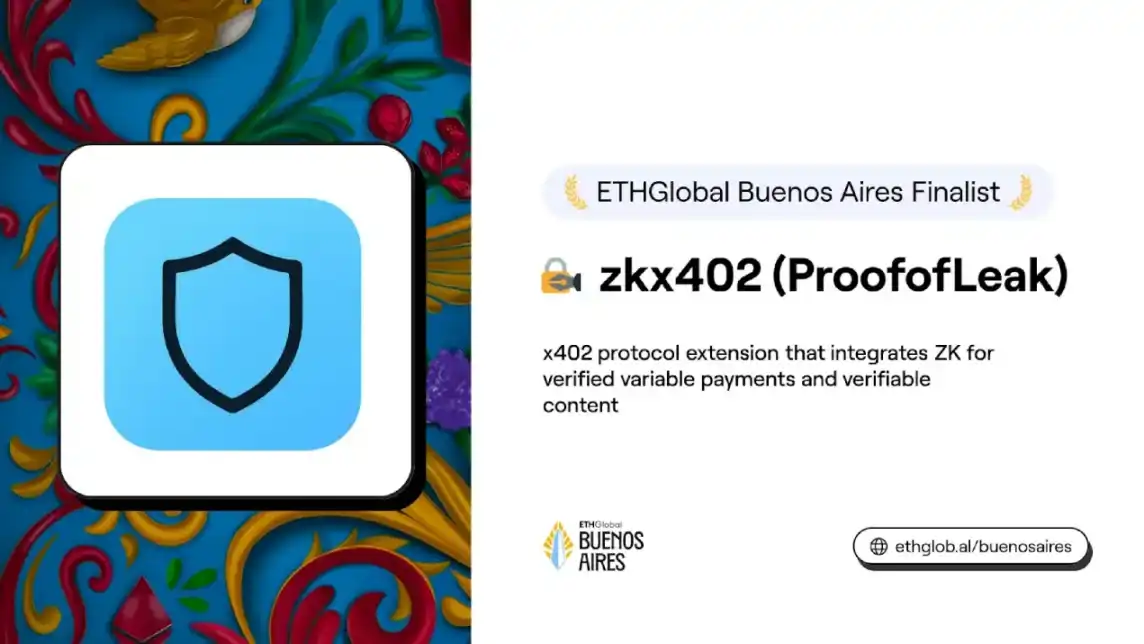
Aqua0
Aqua0 is a cross-chain shared liquidity DApp that enables seamless asset transfers using Aqua AMM and LayerZero messaging.
Aqua is a shared liquidity layer developed by 1inch to address the inefficiencies present in current AMMs. These issues include: 1) 90% of AMM liquidity is never used, leading to liquidity stagnation. 2) This results in liquidity fragmentation as AMMs end up with idle and unused liquidity across LPs in different protocols and chains.
Aqua0 enhances Aqua in a cross-chain manner. The current issue with Aqua is that it acts as a settlement layer, usable on only one chain at a time. Aqua0 will establish a cross-chain AMM market, leveraging Layer Zero's cross-chain components and Aqua's shared liquidity contracts to enable LPs to unlock new yield opportunities, thus improving capital efficiency.
This project is built by Yudhishthra Sugumaran, Andrei De Stefani.
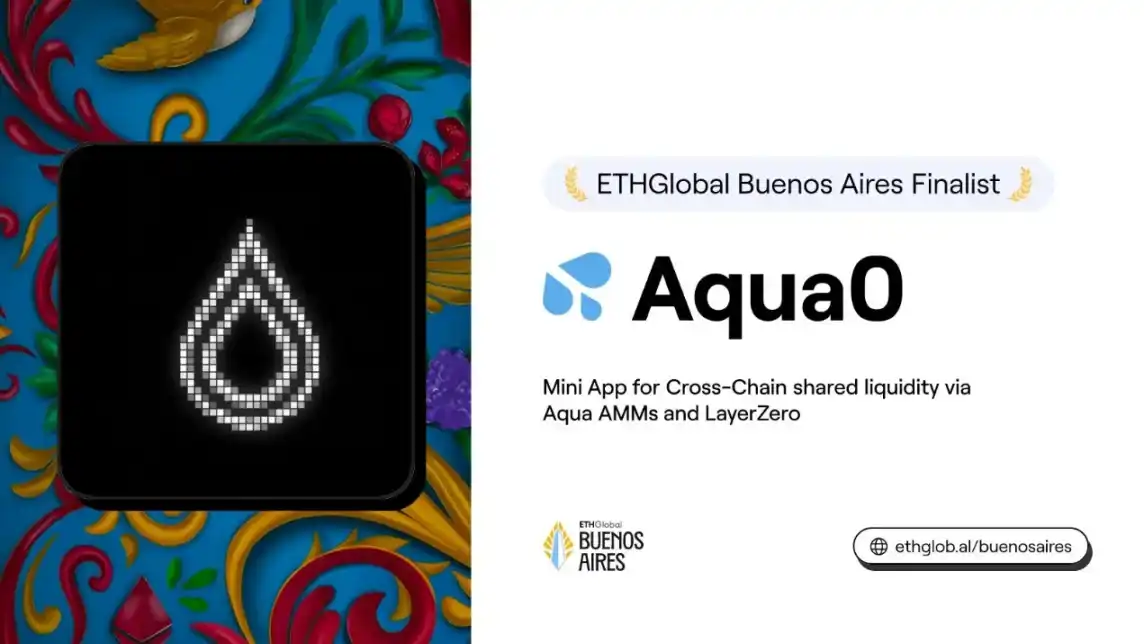
BMCP
BMCP (Bitcoin Multi-Chain Protocol) enables true cross-chain programmability connecting Bitcoin and EVM chains. Users can use native Schnorr signatures (Taproot/BIP340) to sign Bitcoin transactions to trigger EVM transactions (DeFi swaps, token transfers, contract calls).
The Cross-Chain Relay Engine (CRE) scans Bitcoin blocks and upon detecting a valid Schnorr-authenticated BMCP message embedded in OP_RETURN, executes off-chain (risk management, validation) and on-chain (contract invocation) secure calls on chains like Polygon, Ethereum, seamlessly leveraging Chainlink's CCIP. BMCP ensures all processes remain trust-minimized, anchored to Bitcoin's finality through cryptographic techniques, and are composable across different ecosystems.
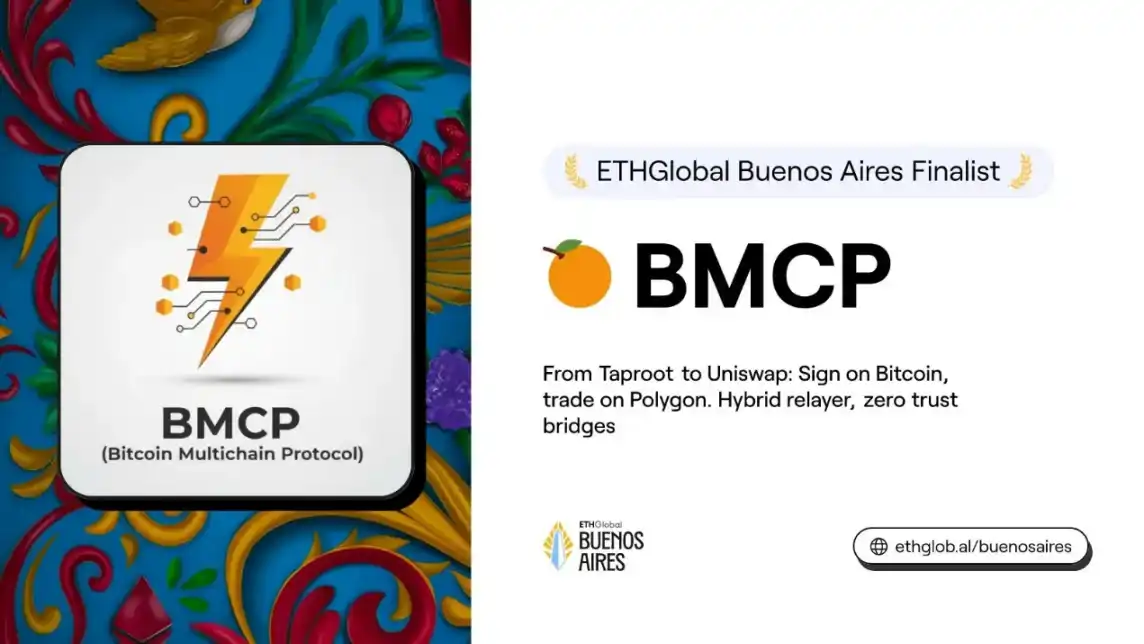
This project is built by Vibhav Sharma, Vollantre, James Scaur, and Manuel.
Disclaimer: The content of this article solely reflects the author's opinion and does not represent the platform in any capacity. This article is not intended to serve as a reference for making investment decisions.
You may also like
Strong Dollar Meets Strong Bitcoin

Monad Airdrop Claim Guide: How to Buy MON, Sell Airdrop Tokens, and Bridge Safely
Monad Price Prediction: Will MON Price Surge or Crash Below $0.01?
